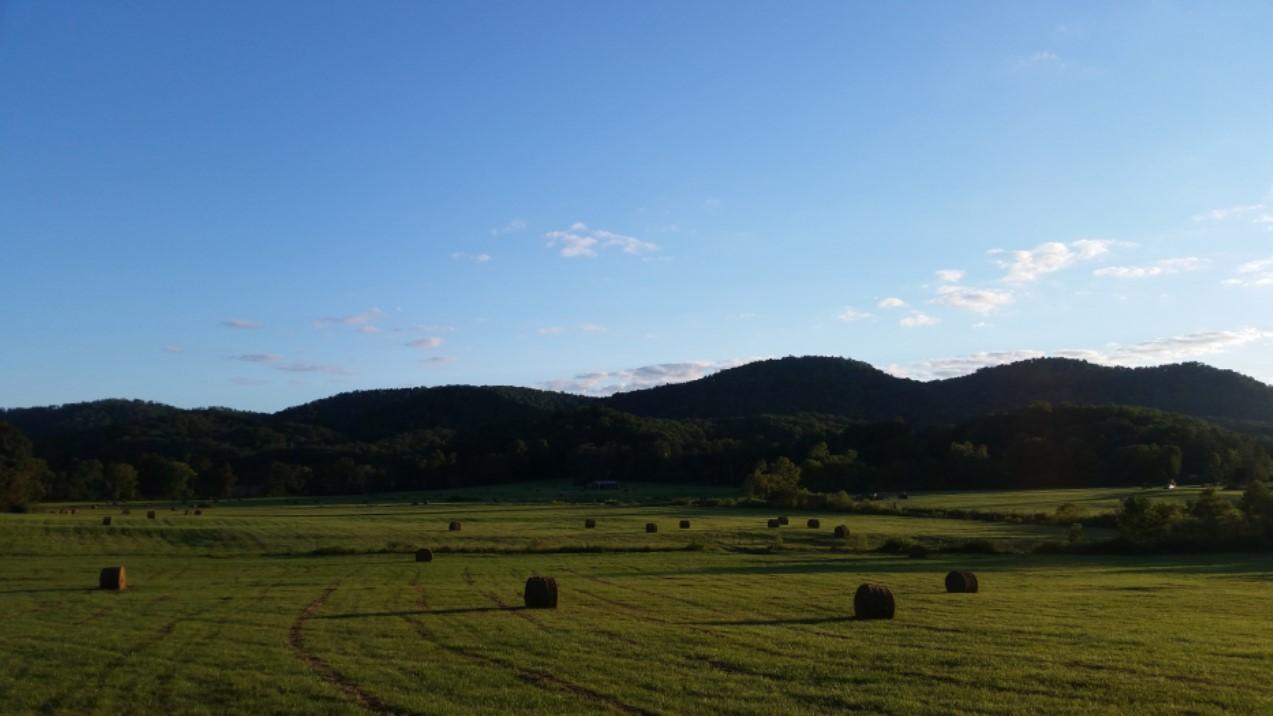Timing Fertilizer and Pasture Yields

Many producers have already started planning pasture and hayfield fertilization. Pastures require nutrients to reach peak productivity. These nutrients are derived from several sources including residual nutrients in the soil, the breakdown of manure and soil organic matter, and nitrogen produced by N-fixation in legumes. Most importantly, nutrients are supplied to plants through the application of commercial fertilizer and lime.
Soil testing is the first step to knowing how to manage the fertility of your pastures and hayfields. Then nutrient management decisions are based on these test results. The only true way to know what you need to apply is to determine what nutrients are available in the soil and what nutrients the forage you are growing requires. Producers should take soil samples once per year from hayfields and every 3 years from their pastures. Hayfields need to be checked more frequently since large amounts of nutrients are removed in hay.
Fertilizers are sold based on the percent nitrogen (N), phosphate (P) and potash (K) they contain. One hundred pounds of 19-19-19 contains 19% nitrogen, 19% phosphorus and 19% potassium or 19 lbs. of each nutrient. After soil testing, match the recommended nutrients needed to the N-P-K ratio in your fertilizer. Agriculture dealers will always make custom blends depending on your needs.
Although P, K and lime can be added anytime, nitrogen fertilizer should be applied when pastures or hayfields will have the best opportunity to have a yield response. Usually a majority of the nitrogen applied as a part of commercial fertilizer is gone in 60 days. Additionally, applying a high rate of N in one application provides more N than a grass crop can use at one time. This leaves grass pastures and hayfields deficient toward the middle through end of the growing season. Fields that receive high levels of nitrogen also tend to become acidic and require more frequent applications of lime.
For cool season grass pastures, research shows that split applications of fertilizers generally maximize yields when N is applied in the late summer, early spring and occasionally in the late spring. Most grass pastures only require late summer applications because extra N in the spring often produces more growth than livestock can consume. Mid-summer N applications are never recommended for cool-season grasses since they typically do not respond and summer weeds are stimulated.
For grass hayfields, apply N when plants are in an active growth phase and will uptake the most N. Ample precipitation and/or soil moisture along with cooler temperatures provide plants the best chance to respond. Timely application will result in less loss due to leaching or denitrification. A split application can maximize overall forage production, and is recommended for hayfields and for pastures when animals unit per acre are high.
The best management practice to improve nitrogen levels in pastures is to interseed legumes. Legumes, like red and ladino white clovers, have the ability to fix nitrogen from the air and convert it into a mineral form usable by plants. This is an excellent way to economically increase production of grass pastures. The use of frost seeding is a simple technique of broadcasting seed between mid-February and early March when the ground is still going through periodic freeze/thaw cycles. This allows clover plants to fill in bare spots and improves forage quality and yield.
For more information on fertilizer applications for pastures and hayfields, call your local extension office or see the publications AGR-1: Lime and Nutrient Recommendations or Profitability of Nitrogen Applications for Stockpiling Tall Fescue Pastures.


